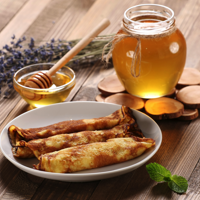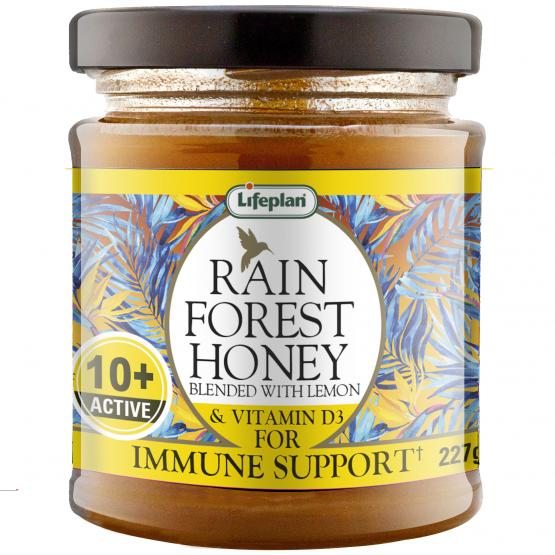Posted on August 20, 2021
Explaining the Manuka honey grading system
From the kitchen cupboard to the bathroom cabinet, Manuka honey has been known for its many health benefits and its deliciously sweet flavour. But how do you know that you are buying authentic, high quality Manuka honey? There are three ways that Manuka honey is graded – the MGO (Methylglyoxal) grading system, the UMF (Unique Manuka Factor) and the KFactor.
MGO
While all types of raw, untreated honey have beneficial properties, Manuka honey has different and more potent active ingredients. The nectar from the Manuka flower contains an active ingredient called Methylglyoxal (MGO). When buying Manuka honey, you might notice that each pot has a number – this number refers to the strength of the honey, or the amount of MGO present in the honey.
MGO can be produced synthetically and added to Manuka honey during the manufacturing process. This means that the MGO grading system isn’t always the best indicator of purity and quality when choosing Manuka honey. And that’s where the UMF can help.
UMF
The Unique Manuka Factor grading system tests honey for all three of its naturally occurring chemical markers: Methylglyoxal, or MGO, Dihydroxyacetone, or DHA, which indicates the age of the honey, and Leptosperin, which is only found in genuine Manuka honey.
To receive UMF grading, Manuka honey must be from New Zealand, and tested, packed and labelled in New Zealand. UMF ratings are assigned by an independent laboratory after testing Manuka for its levels of MGO and Leptosperin.
UMF numbers are 5+, 10+, 15+, 20+ and 25+ and these indicate the levels of MGO and Leptosperin present in the honey, which are what gives Manuka its potent health benefits. The higher the UMF number, the more potent the honey, and often the higher the price.
KFactor
KFactor is another metric for measuring the quality of Manuka honey and shows that the product is raw, unpasteurised, free of antibiotics, glyphosate and pesticides, non-GMO, fully traceable and originates from New Zealand.
How to use Manuka honey
The properties of Manuka honey make it perfect for topical use on the skin, for example as a face mask. It has also been shown to be soothing and nourishing. Manuka honey is a common ingredient in lozenges and sprays designed for colds.
Like all honey, Manuka is the perfect accompaniment to porridge, puddings and other dishes, adding sweetness and healthy goodness as an alternative to sugar. Remember to use honey in moderation if trying to cut down on sugar, as it affects blood glucose levels in a similar way.
Whether you’re enjoying Manuka honey at breakfast time or as part of your beauty regime, get to know the grading systems used to ensure you purchase high quality honey.




